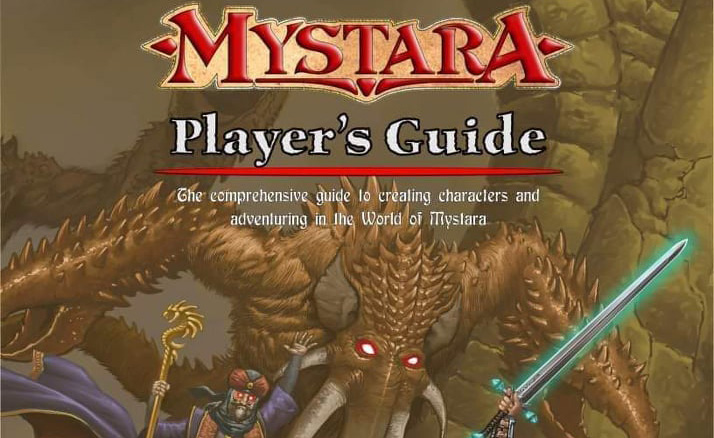If you find any problems I can try and fix them.
This is a difficulty that I found. I assume, the description comes from the classic Mystara setting, from some decades ago.
The setting mentions the reallife beliefs of Norse cultures by name, but then portrays them inaccurately.
The "æsir" are described as "gods" who have "clerics", yet none of this is true. The misrepresentation is problematic.
The Norse are shamanic animists.
More accurately:
The Norse lack organized religions. There are no temples, nor priests who "worship". There are no sagas about heroes praying for help.
The Norse word "goð" and the English cognate "god" dont mean the same thing. When translating the foreign concept of a "god" into Norse, the Norse use an obscure word "guð". The Norse word goð is roughly equivalent to a "helpful nature being".
The only formalized religious figure is a shaman, the vǫlur, who is more like a "psychic". These shamans seem to never mention the æsir, and instead mention alfar and jǫtnar.
With regard to all nature "beings", vættir, including the æsir, a human can become a mutual "friend", vinar, with one. It is common for a family to dedicate a "shrine", hof, in their home, to call to mind the friend, share celebratory meals there, and so on. This is an aspect of hospitality.
A shrine can be for any nature being including jǫtnar, alfar, æsir, vanir, and others. Different families and different individuals feel an affinity for certain nature beings, and not others. The jǫtnar are mainly land beings, the alfar and æsir sky beings, and alfar and vanir mainly success beings.
Besides a personal shrine, sacred spaces are outdoors, to commune with nature.
When using a term that belongs to a reallife cultural heritage, it is important to use the term reasonably accurately and respectfully. Otherwise, invent a new term to avoid the effort to deal with other peoples cultures.
Translating into D&D, the Norse shaman resembles a Bard: "sight" (divination), "mind play" (enchantment and illusion), "form travel" (shapechange), healing, and so on.
Like the jǫtnar and alfar, the æsir are more like fey. These fey start at low levels but can become Immortal at high levels.
All nature beings are physical objects in the Material Plane: mountains, rock formations, rivers, thunderstorms, sunbeams, etcetera. The minds of these objects can project thru the Feywild, but Shallow, moving thru and observing places and people in the Material Plane. These disembodied minds are like normal Fey creatures, often in the forms of humanoids or beasts, but maintain their connection to the material object that they manifest from.
The Cleric class seems possible in a Norse-esque setting, but play it like the Paladin class, who is an "honorable warrior" that knows warrior magic (relating to the Songs) involving protection and healing. This warrior mage never uses magic to directly attack an opponent, but does use magic indirectly to empower oneself, ones allies, and to protect and heal. The honor seeks "fair" melee combat, but can self-buff without limit. In this case, the "cosmic force" is the code of honorable combat, again much like a Paladin oath.
Bards are common, the Paladin-like Clerics are uncommon, the Druids are rare among humans, but via elemental magic are common among the other nature beings.
Bards are common in a Norse setting, but these dont use a musical instrument. Instead their Verbal spell component (song or command) counts as their spell casting focus, replacing the instrument.

 www.rpgmp3.com
www.rpgmp3.com



